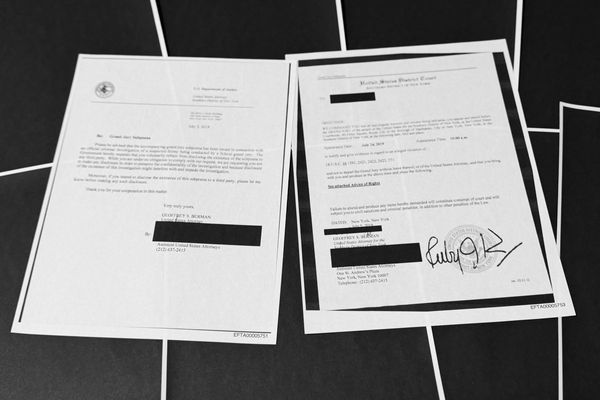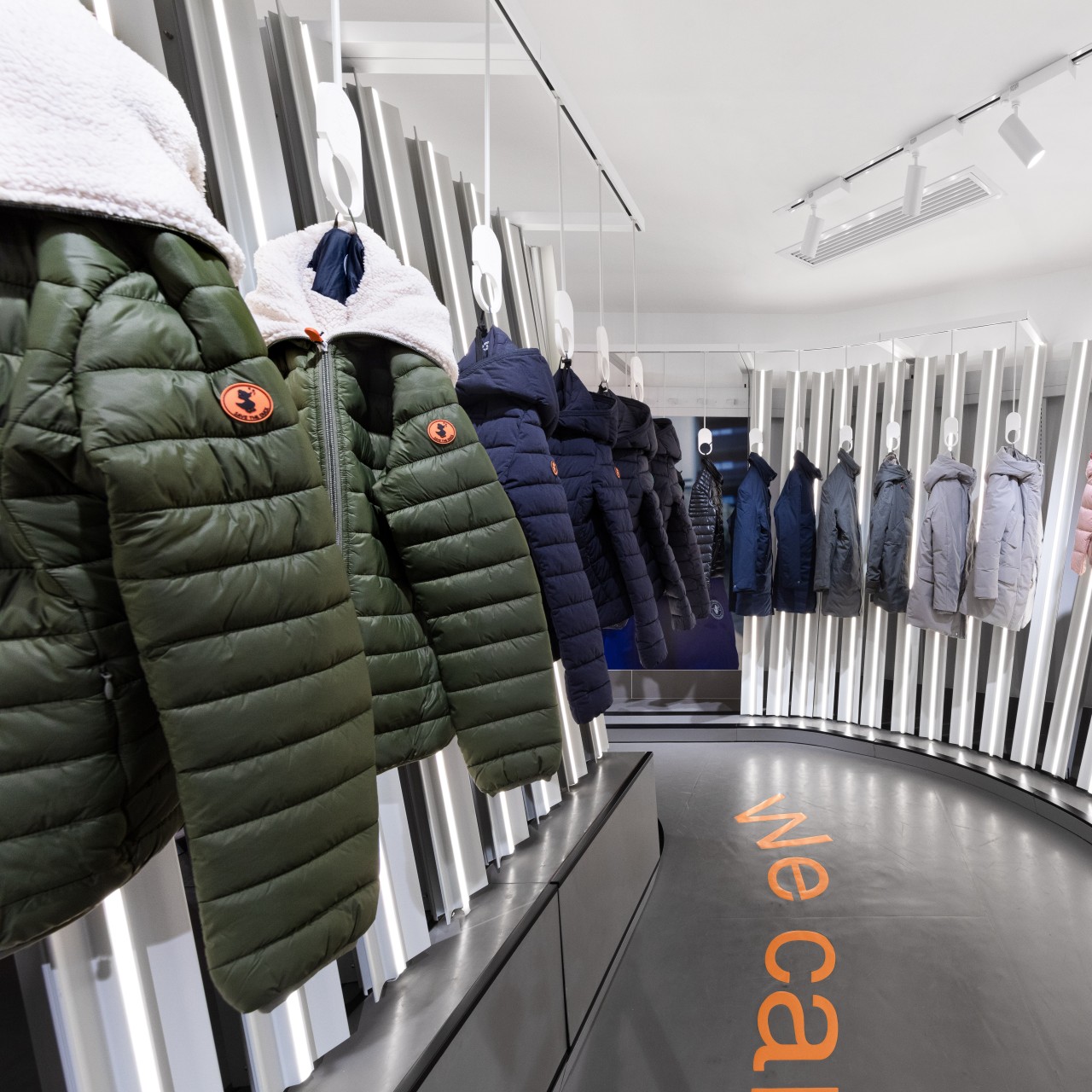
Last year Nicolas Bargi, founder of vegan outerwear brand Save the Duck, was contacted out of the blue by Indian explorer and climber Kunthal Joisher.
Joisher had ascended some of the world’s highest summits and was looking for a company that could produce animal-free clothing that could withstand the elements while adhering to his vegan principles.
“[Joisher] explained that he couldn’t find a vegan suit that he could wear above 6,000 metres because everything synthetic was too heavy,” Bargi says. “He tried working with Patagonia and Peak Performance with little success, so he wanted us to make him a suit using our technology.
“It took about six months but we eventually did it. He wore the overalls to climb Mount Lhotse, and then Everest earlier this year. Not only did he achieve his personal goal but we proved to the world that our technology is just as good as any using animal products.”
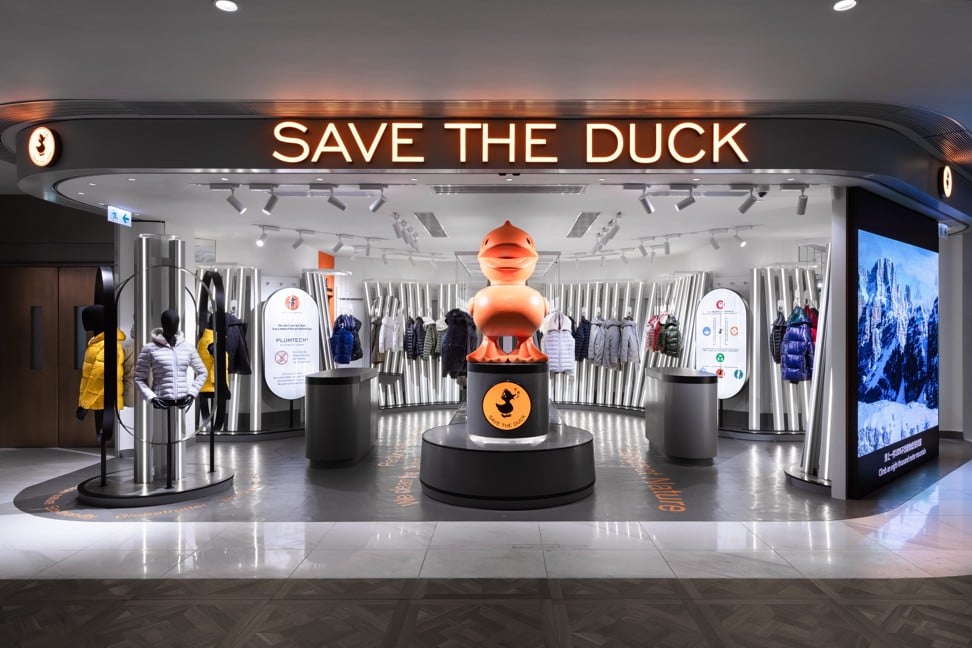
Save the Duck recently opened its first store in Asia at the newly opened K11 Musea shopping mall in Hong Kong. Bargi, an Italian from a family of clothing manufacturers, launched the brand in 2011. Using his family’s expertise in sportswear, he wanted to create an outerwear brand free of animal products.
“I didn’t understand why [the industry] continued to use down for jackets,” he says. “I had a conscience. Sometimes ducks are de-feathered up to four times until they die of disease. Eco-feathers [that fall off naturally] are available but can only meet 10 per cent of the demand. Since the 1990s, sportswear has been dominated by synthetics because they are high-performing and technologically advanced. Why couldn’t we do that for outerwear?”
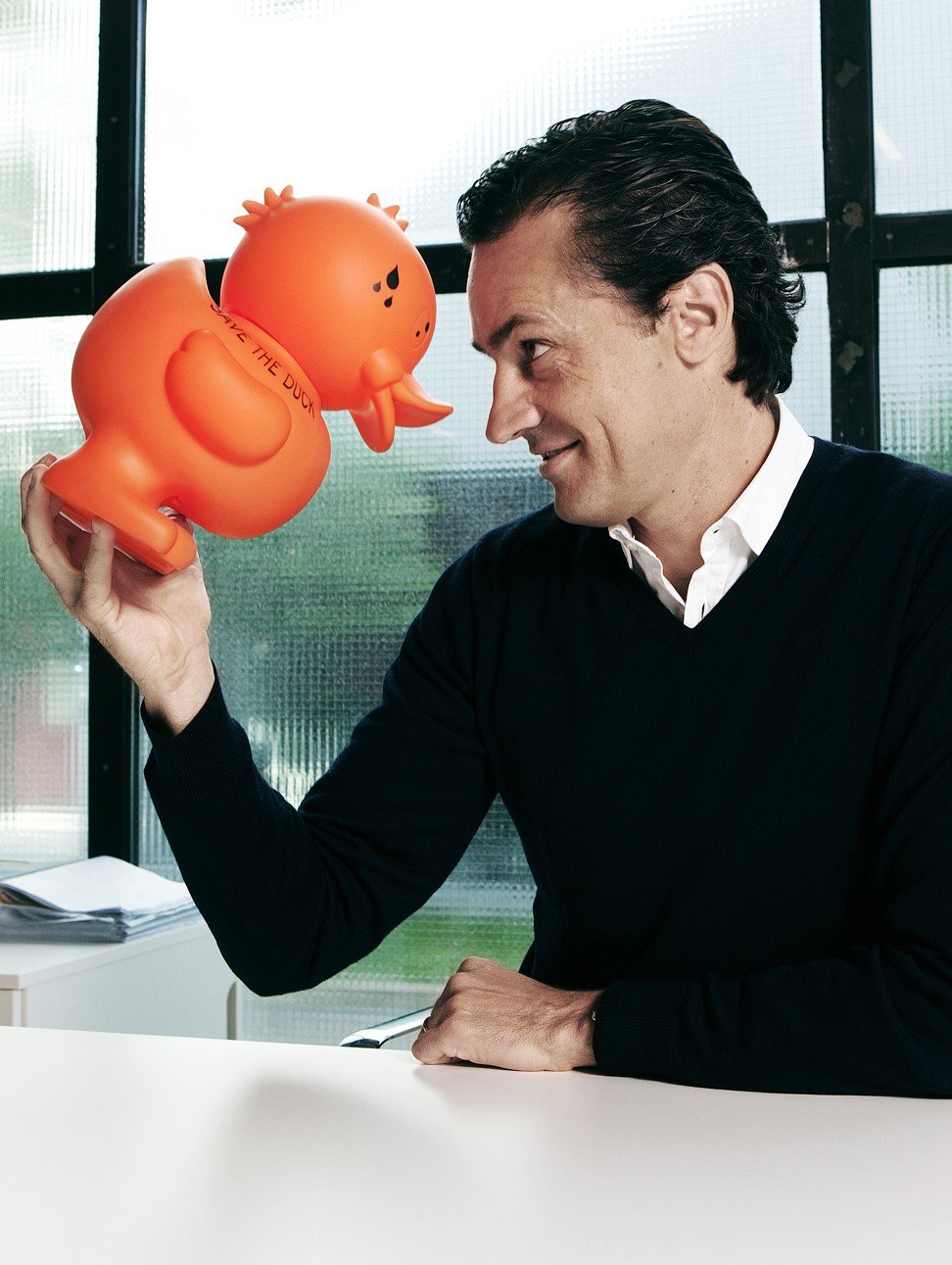
The brand launched to little fanfare. Back then sustainability was not the hot topic it is today, and most of its customers were limited to vegans or animal-lovers who were attracted to the brand’s ethical standpoint.
To draw in a more diverse audience, Bargi focused on creating simple designs at an affordable price point instead.
“I kept this type of image for around three years because it was also important people understand this is a lifestyle, not fashion, brand with a strong DNA. For many people we were viewed as an animal-free alternative to brands like Canada Goose,” he says.
“It was only later that we began inserting new fashion items such as our recent collaboration with British designer Christopher Raeburn. Now our product is a mix of fashion and sportswear.”

Save the Duck currently offers seasonal collections: lightweight or rain jackets for the summer, and heavy parkas and coats for the winter. The parkas and puffer jackets – which are the company’s bread and butter – feature a cutting-edge synthetic padding known as Plumtech, which is breathable and ultralight.
Styles come in fabrics ranging from nylon to vegan leather and eco fur. Although everything is designed in Italy, the jackets are made in China – a fact Bargi is very proud of.
“We are happy to produce in China, because it’s one of the countries investing the most in sustainability. Sixty-five per cent of what’s made in China – and that’s a huge number in terms of quantity – is made well and improving,” he says.
“I would say only 5 per cent of what’s made in Italy is done in the proper way. When countries go through an economic boom, they pollute. China has gone through this, understood it and are changing.”
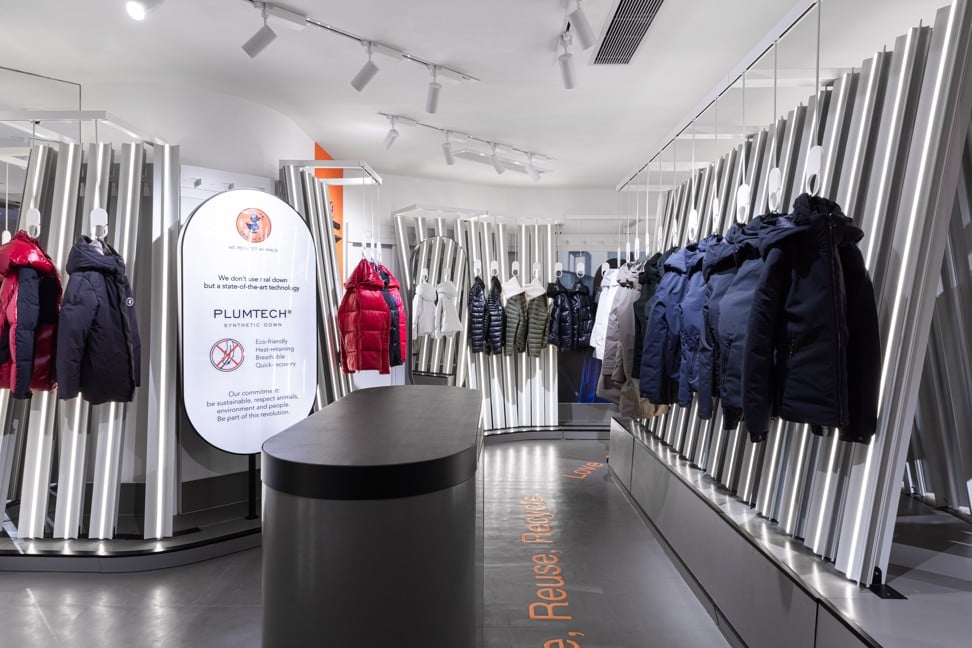
For those who take their eco-stance seriously, Save the Duck has lots more to offer than the likes of Moncler or Canada Goose.
Its recycled collection (distinguished by its green duck label) offers jackets made from 100 per cent recycled plastic and other materials. The ocean collection, symbolised by a blue duck, features styles made using recycled polyester from plastic bottles and recycled nylon from fishing nets. A portion of the sales from this collection are donated to the Surfrider Foundation Europe, which is dedicated to keeping the oceans clean.
Thanks to Bargi’s pioneering vision, Save the Duck has grown exponentially in the past few years. The brand currently produces 600,000 jackets a year and boasts an impressive wholesale network that sees it available in over 33 countries.
We are exploring the idea of a circular jacket like Patagonia. This is the highest level of recycling and for the consumer it’s the Rolls-Royce of sustainability – Nicolas Bargi
With new investment, the brand opened its first free-standing store in Milan last year, followed by Hong Kong. The new Asia boutique adheres to the brand’s sustainable philosophy not just through the product offerings but the store itself – it’s made from free-standing modules of recycled plastic and can be built (or taken down) in 12 hours.
“It’s important to have an Asian flagship because it’s about sharing the philosophy,” Bargi says. “For me, Hong Kong is still the place where the rest of the region travels to, to see what’s new and innovative. The store is part of the education process. Of course we are also exploring China but we have to be cautious – there’s a risk of opening too many stores, so we prefer to explore pop-ups.”
As the brand continues to grow, one wonders how Bargi will tackle two of the biggest problems in the industry: overconsumption and waste. While the company is currently exploring donation programmes both in-store and with charitable organisations, Bargi is also working on a few more ideas.
“A jacket that is built like ours is much more lasting than a down jacket so technically you don’t need to buy multiples. Saying that, we are exploring the idea of a circular jacket like Patagonia. This is the highest level of recycling and for the consumer it’s the Rolls-Royce of sustainability,” he says.
“The jacket will be 100 per cent recycled and 100 per cent recyclable so you can throw it away and it can be recycled just like a plastic bottle. To me this is about impact. It’s not about giving the garment a second life – this will be the future.”

